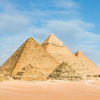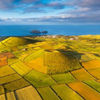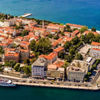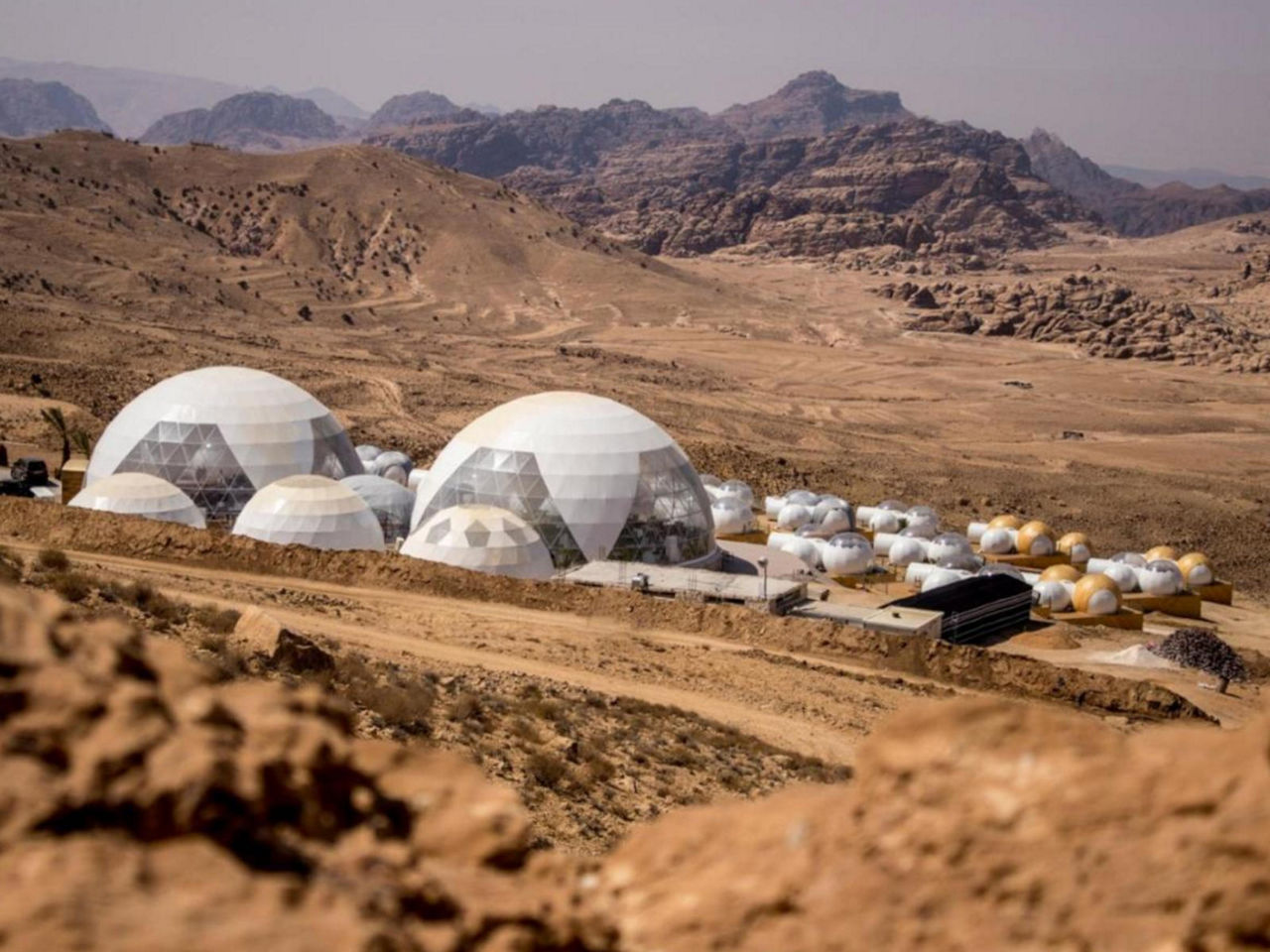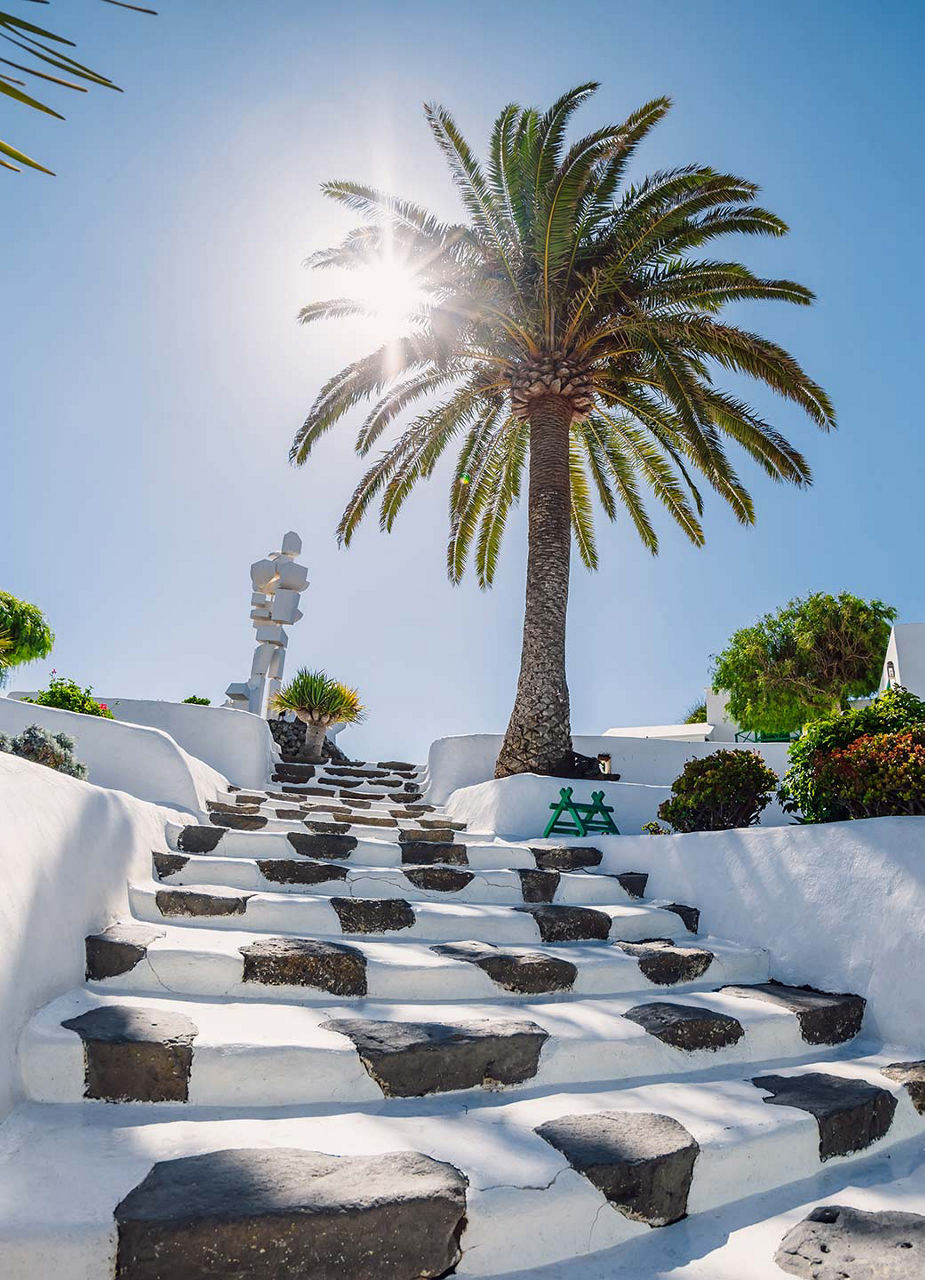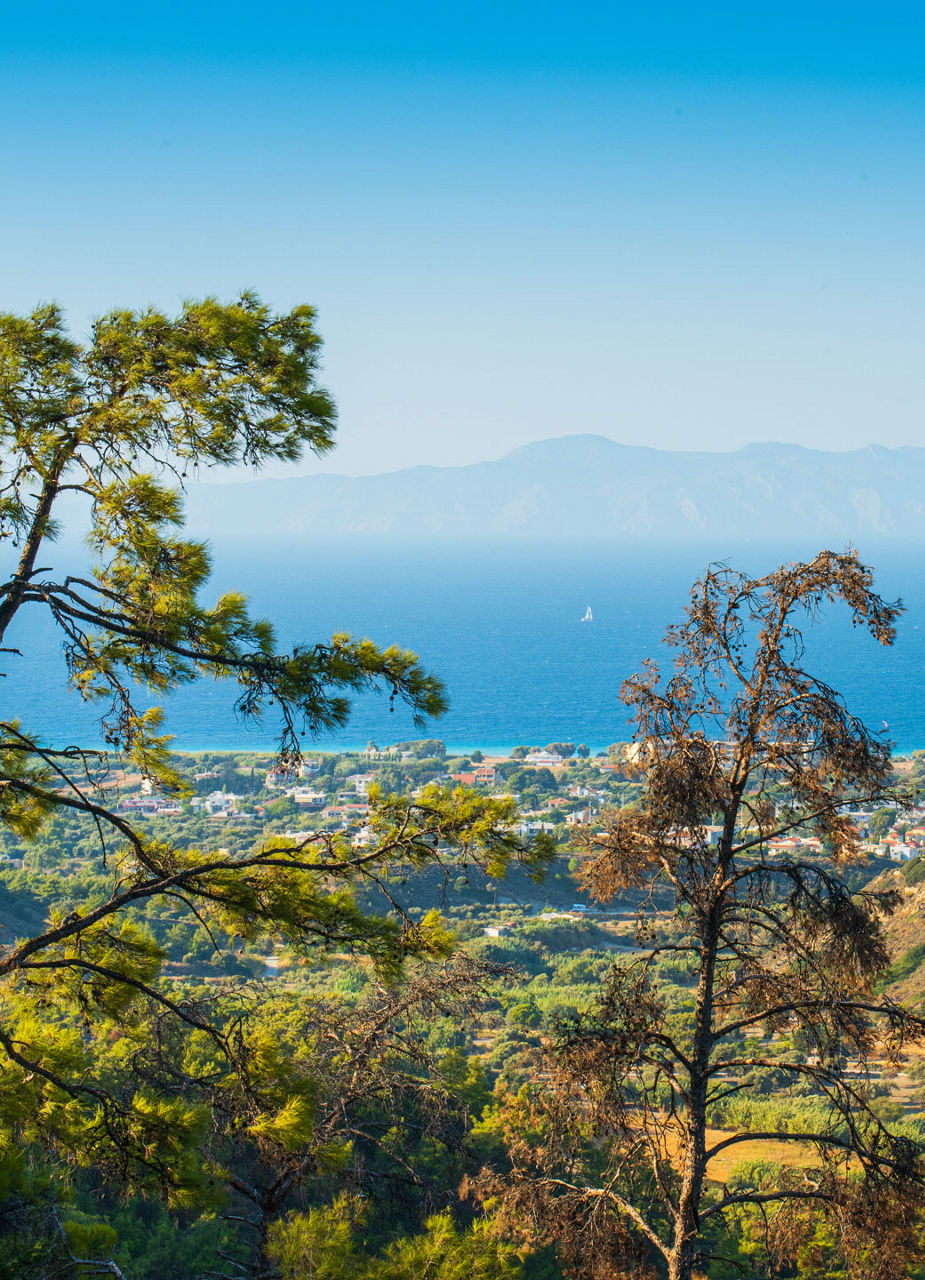
Petra – The magical rock town
The magnificent temples were carved directly into the rock of the Siq Gorge over 2,000 years ago: The ruin city of Petra is one of the most famous travel destinations on the Arabian Peninsula.


Smart settlers
A marvellous metropolis in the middle of the desert? This unlikely rose flowered because the Nabataeans chose the location of their future capital wisely. You can only reach the valley, which the North Arabian nomadic people settled in from 400 BC, through narrow gorges – which means it was and is in an excellent position of defence. Above all, however, it has water sources and is located on the Incense Route, one of the most important trade routes at the time. Caravans moved along this Route from southern Arabia towards the Mediterranean Sea and Syria. But goods also came from the northeast, down the Silk Road, passing through this region on their way to Egypt.


Rise to becoming a trading centre
As a hub of important caravan routes, Petra, called Raqmu by the Nabataeans themselves, soon rose to become a rich trading metropolis. Customs paid, especially on incense, myrrh and, spices, filled up the city’s cash reserves. By now, a construction boom was not far away. Aqueducts were also built to supply the growing city with a population of up to 40,000. You can admire one of these water channels in the Siq Gorge, which is up to 200 metres deep and forms the main access point to the city. In the first century BC, Petra was in full bloom as a “cosmopolitan metropolis” and impressed travellers like the Greek minister Athenodoros of Tarsos.


Caves, tombs and a theatre
The Nabataeans also made sure to take care of the spiritual well-being: The city has a theatre that seats up to 5,000 spectators, as well as monumental temples and facade tombs carved into the rock. Today, the ruins attract hundreds of thousands of visitors every year. Along the Cardo Maximus, which is the former main road of Petra, imposing royal tombs and caves formerly inhabited, bear witness to life in the ancient trading metropolis. The ed-Deir temple graves, which are now also used as a Christian monastery, rest on a plateau 800 steps above the city, the forecourt of which offers a majestic view of the mountainous surrounding area.

Hellenes’ legacy
At the city’s landmark, Al-Khazneh, also known as The Treasury, you can witness the Hellenistic influences of the architectural style: If the mausoleum’s pillars weren’t gleaming in the pink colour of the desert stone, one could also think they were in Greece. But not only the city’s architecture, also its later name, is derived from the Greek: Petra means rock. By the way, the city isn’t pronounced like the female European name, but rather with a short e. Western audiences became more familiar with the city and its landmark after Steven Spielberg used Al-Khazneh as a central backdrop in his 1989 film Indiana Jones and the Last Crusade.


The glory of the rocks
The importance of the caravan routes dwindled in the first centuries AC – and with it, that of the rock city. The once magnificent city took more hits in the 4th and 6th centuries, being shattered by severe earthquakes. But Petra will never be completely forgotten: When the city was rediscovered by Europeans in the 19th century, around 140 families from the Bdul Bedouin tribe were living in the caves and tombs. After transforming Petra into an archaeological site and tourist location, whereby the Bdul tribe were resettled, UNESCO placed the ruin city on the list of World Heritage Sites in 1985.
Header - Photo by Maurizio De Mattei on Adobe Stock
Paragraph 2 - Photo by atdr on Adobe Stock
Paragraph 2 - Photo by Anton Petrus on Adobe Stock
Paragraph 3 - Photo by bennymarty on Adobe Stock
Paragraph 3 - Photo by Stefan on Adobe Stock
Paragraph 4 - Photo by duqimages on Adobe Stock
Paragraph 4 - Photo by dudlajzov on Adobe Stock
Paragraph 5 - Photo by levgen Skrypko on Adobe Stock
Paragraph 6 - Photo by Artur Sniezhyn on Adobe Stock
Paragraph 6 - Photo by Hussain on Adobe Stock

